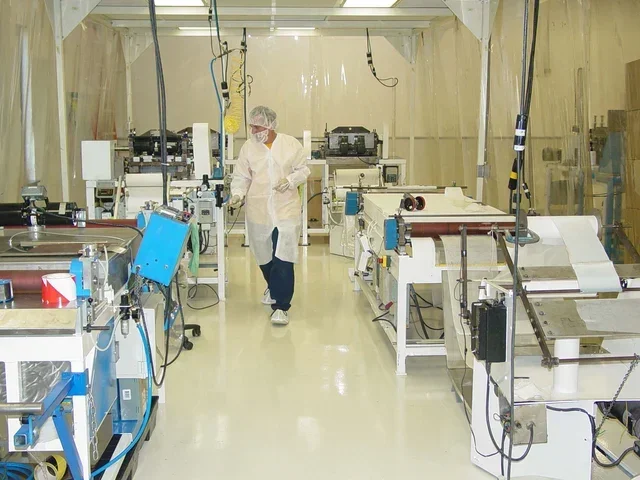Expanded Polymers

Our expanded polymer solutions are widely used in advanced filtration systems, particularly in the semiconductor, medical, gas, and oil industries.
Dexmet Polymer Product Line:
 |
About PolyGrid®
PolyGrid® precision-expanded polymers from Dexmet are used in ultra-pure filters, most commonly in the semiconductor industry where resistance to high temperatures and caustic chemicals is essential. Other uses include the medical, gas, oil and pharmaceutical industries. However, the flexibility of our expanded plastics allows PolyGrid® to be used in many other applications. Dexmet PolyGrid® is available in most polymers or we can work with your proprietary materials. Dexmet meets Clean Room specifications to Class 10,000.
Plastics regularly produced include:
- Fluoroplastics: PTFE, PFA and ECTFE
- Polyesters (Thermoplastic): PET, PETP, PBTP
- Polysulfones
- Polyvinyls
- High Temp Plastics: PEEK, Nylons:
A range of standard diamond mesh sizes from .020” to 1.2” is available. The number of openings per square inch can vary from 25 to as many as 11,000, with an open area range from 10% to 90%. The variable open area facilitates lamination with a variety of other materials including those which expand, contract and flex. Designing a precision expanded plastic material with unique characteristics is our specialty. Dexmet’s extensive manufacturing resources can accommodate many variations for plastic materials in a range of finished thicknesses.
PolyGrid's® flexibility and its unique properties allow our expanded polymers to be used in a number of applications.
Configurations and Specifications
Dexmet precision expanded plastics offer superior performance and material savings for a range of materials and applications.







